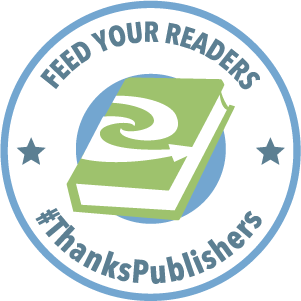A leading microbiologist tackles the scientific and sociopolitical impact of viruses in twelve striking essays.
Invisible in the food we eat, the people we kiss, and inside our own bodies, viruses flourish—with the power to shape not only our health, but our social, political, and economic systems. Drawing on his expertise in microbiology, Joseph Osmundson brings readers under the microscope to understand the structure and mechanics of viruses and to examine how viruses like HIV and COVID-19 have redefined daily life.
Osmundson’s buoyant prose builds on the work of the activists and thinkers at the forefront of the HIV/AIDS crisis and critical scholars like José Esteban Munoz to navigate the intricacies of risk reduction, draw parallels between queer theory and hard science, and define what it really means to “go viral.” This dazzling multidisciplinary collection offers novel insights on illness, sex, and collective responsibility. Virology is a critical warning, a necessary reflection, and a call for a better future.
About the Author:
Joseph Osmundson is a professor of microbiology at New York University. His work has been published in leading biological journals including Cell and PNAS and in the Village Voice, Gawker, the Feminist Wire, and elsewhere. He lives and works in New York City.
Thanks to NetGalley and W.W. Norton for this ARC for review. I was quite excited to read this book, and I ended up quite disappointed. This was a DNF for me, 14% in. The beginning seemed disingenuous as the author kept mentioning “queer” this and that. To me it seemed like he was pushing a gay agenda on the reader even before the book started. I am certainly not a foe of gay or trans people (one of my best friends is trans) but I was expecting a science book, not a diary of a gay man with some mentions of DNA, Covid and Ebola thrown in here and there.
There was also a mention of one of the author’s first sexual experiences in the first few pages of the book. Again, I am not a prude, but I truly don’t believe fellatio belongs in a book claiming to “tackle the scientific….impact of viruses”. The style is not “buoyant prose”, it’s a mishmash of personal stories that are vaguely connected with viruses, by the thinnest of threads.
The author also notes that viruses come out of us in our “piss and shit”. WHY?? Why is this not written using proper scientific words such as urine and feces? This attempting-to-be-glib is so heavy handed.
Yet another sentence starts out with “Even if I were straight, God forbid…” which nearly caused the DNF right there. But no, I kept on struggling along. This interweaving of sexuality and viruses continued to be harsh and disconcerting, as it read more like a diary than a science book.
The final blow to my reader’s sensibility came when the author talks about how he wanted to contract AIDS to be closer to a man he was in a relationship with, for him to acknowledge their togetherness to the public. Or something like that. I stopped reading right in the middle of that sentence and shut down my Kindle. I had wasted enough time. That is time I will never get back.
Sorry for the straight talk, but this is an honest review. Those of you who seek to learn more about viruses should pass this by and read Richard Preston or one of these five books. I include the link here for those readers who might actually find this book an enjoyable read. You can pick up your copy here.













Recent Comments